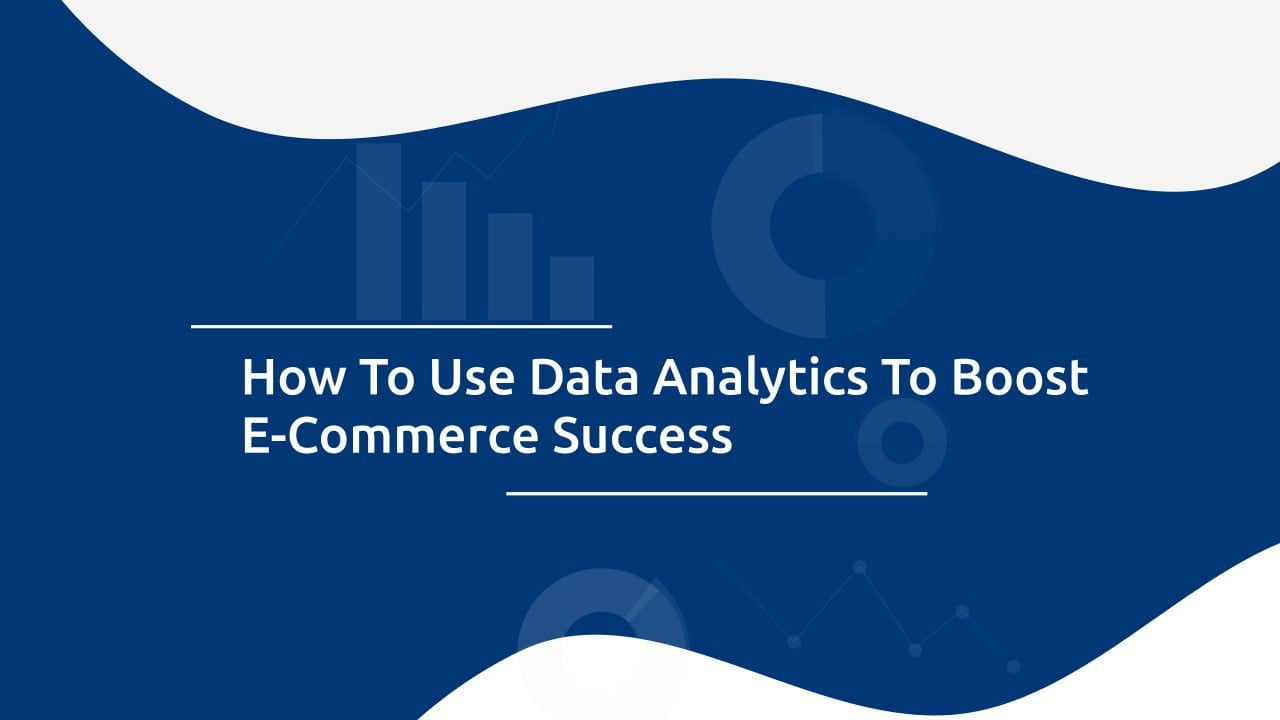The ecommerce business is all about the customer. If you want to be successful in the ecommerce business, it is crucial that you know your customers and what they like. This not only helps you make better decisions with regard to products and services but also helps in improving customer satisfaction levels.
Identify The Best Time To Get Leads
If you’re a retailer, one of the most important things to know is when your customers are most likely to buy.
You can use data analytics tools to identify the best time for lead generation and conversion. For example, if you notice that people are more likely to make purchases on Monday mornings than any other day of the week, then it would be wise for your marketing team to schedule promotions during that time frame.
Similarly with social media engagement: if someone follows us on Facebook or Instagram but doesn’t engage with our content often enough (or at all), we can simply unfollow them if they’re not valuable leads for us anymore.
Improve Your Ecommerce Marketing Strategy by Analyzing Relevant Data
Data analytics is a process that helps you to improve your ecommerce strategy. It can help you understand what sales channels are working best for your business, how to implement new channels effectively and discover how data analytics can be used in your business to increase ROI.
An example of data analytics would be identifying which sales channels are the most effective for your company, such as social media marketing or paid advertising on Google AdWords. Data analytics also allows you to gain insight into customer preferences by analyzing their purchases on different platforms; this information can then be used as part of an overall strategy for improving customer satisfaction levels through targeted promotions or specific product recommendations based on each individual’s tastes.
Use Data Analytics To Increase Sales Efficiency
You can also use data analytics to improve the efficiency of your sales process. For example, if you’re running an online store and want to increase revenues from existing customers, you need to identify opportunities that will help you achieve this goal. You could analyze customer behavior, for instance, and see which products are more popular than others or who is buying what at what time of day (or season). This information will allow you to make informed decisions about which products should be promoted in email campaigns or on social media platforms like Facebook and Twitter.
You can also use data analytics as part of an ongoing effort to improve customer service by identifying pain points in the buying process so they can be addressed immediately once they arise – either through additional training or other means such as adjusting product descriptions or adding FAQs pages on your website where appropriate.
Read About: Importance of Data Analytics Management: Ecommerce Tips
Identify Your Leads for Maximum ROI
The first step in identifying your target audience is to determine who your ideal customer is. This will help you narrow down the type of person you want to attract with your marketing campaign and identify where they are spending their time online.
Once you’ve identified your ideal customer, it’s time to figure out how many people like this exist in the world–and more importantly, where they’re located geographically! This is where data comes into play: by analyzing the information available through tools like Google Analytics (or other analytics software), you can get a better idea of how many potential customers there actually might be for your product or service within certain geographic regions than if all you had was guesswork alone.
Once we know how much demand exists for our products or services in different locations around the globe, our task becomes figuring out which ones have enough demand that would justify an investment into advertising specifically targeted towards them rather than simply relying on organic traffic via SEO tactics such as link building campaigns or social media posts promoting links back up onto our website pages directly from Facebook itself – two common mistakes made by newbies trying too hard without any real understanding about what makes content successful online – which brings us back full circle back around again…
Improve Ecommerce Marketing Conversion Rates With Data Analytics
The fifth way to use data analytics is to improve your conversion rates. If you want more customers, then you need to know who they are and what they want. Once you have that information, it’s much easier for you as an entrepreneur or business owner to make informed decisions about how best to market your product or service so that it appeals directly to them. You also want to know which marketing channels are working best and where there are opportunities for improvement within those channels (i.e what kinds of ads work well? How many clicks do we get per ad?).
Takeaway
If you’re looking for ways to improve your ecommerce marketing strategy and increase ROI, then data analytics is something that should be on the top of your list. Data analytics can help you optimize every step of your customer journey so that customers have a better experience with your brand and stay loyal over time. This in turn will help improve sales and increase profits!
Conclusion
We hope this post has given you some ideas on how to use data analytics to improve your ecommerce marketing strategy. It’s a powerful tool that can help you make better decisions and increase sales efficiency. We encourage you to try some of these tips out for yourself and see how well they work!
Read About: Target Group Segmentation In E-Commerce




